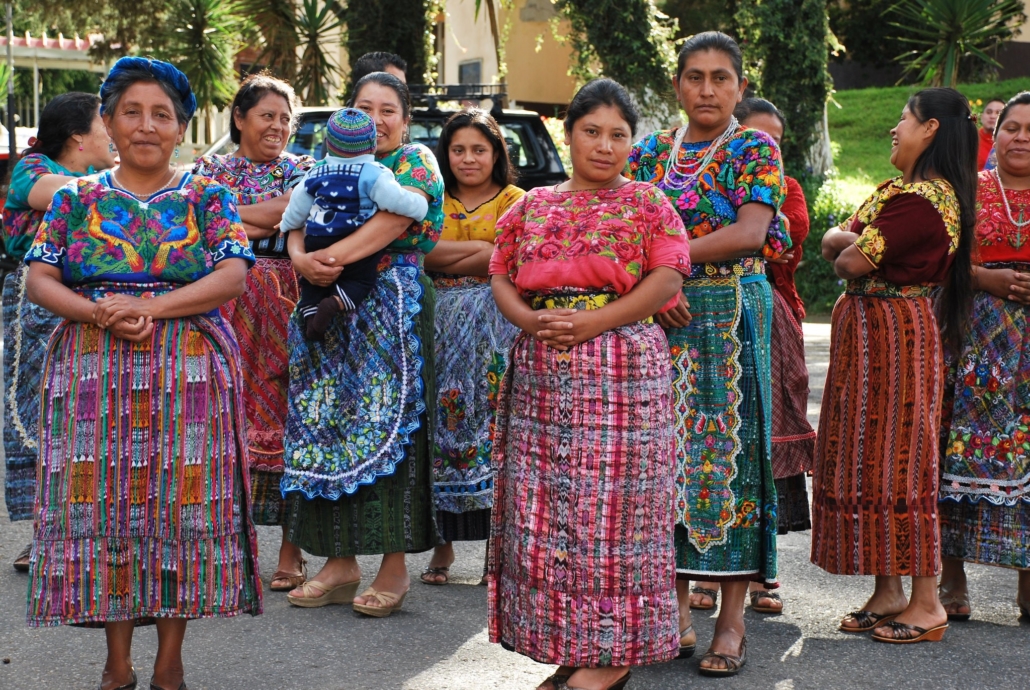
With a long history of political and economic instability, the Northern Triangle has provided little reason for citizens to stay. Where is the Northern Triangle? This emigration haven lies in Central America and comprises of Guatemala, El Salvador and Honduras.
Causes of Emigration
In short, the main emigration drivers in the NTCA involve political corruption (due to past wars and ongoing greed), economic instability (due to droughts and poor trade practices), gang violence (related to lack of educational and rehabilitation programs) and family matters (attributed to desired remittance and reunification with distant family).
The NTCA’s past, current and potential (up-for-office) political officials consistently squander the countries’ limited funds for personal advancement at the cost of its people. These authoritarian countries recently switched to democratic rule, but its leaders lack the experience and morale necessary to implement a well-running democracy. Low tax rates and lack of direction prevent subsidization of social, civil, health-related and educational programs and protection agencies vital to the NTCA’s transition to a safe, thriving region.
Since 2014, the U.S.A.’s Millenium Challenge Corporation (MCC) has collaborated with the NTCA to fund over $315 million of specialized programs improving tax administration, youth workforce and public-private markets across Guatemala, Honduras and El Salvador. Efforts from the MCC help the 25 percent of youth who do not work or attend school in these countries. As of 2017, nearly 60 percent of youth who do work do so informally or unregulated by the government.
Crime Management, Informal Work and Gangs
Beyond educational and vocational pitfalls, these countries possess poor crime management. NTCA homicide rates have decreased since 2014, but they remain higher than the global average. The Atlantic Council reports 75 percent of NTCA citizens as doubting their judicial systems’ ability to protect them. This primarily stems from the nearly active gang violence and 95 percent of homicides that go unsolved in these countries. According to the U.S. Global Leadership Coalition, six children flee to the U.S. per every 10 homicides in the Northern Triangle. This leads to the separation of families and greater difficulty in establishing long-lasting labor practices in these countries.
Informal work is another causal factor of emigration as people search for better financial opportunities. The U.S. is such a major destination for these emigrants, it is no wonder many U.S. Americans might ask “Where is the Northern Triangle?” In fact, in the first five months of FY2019, authorities apprehended about 26,937 Unaccompanied Alien Children (UACs) and 136,150 families at the U.S.-Mexican border, with nearly 47 percent of UACs and 49 percent of families, 25 percent of UACs and 38 percent of families and 11.5 percent of UACs and 9 percent of families coming from Guatemala, Honduras and El Salvador, respectively. These emigrants inadvertently create financial burdens, safety threats and attention deficits in the U.S.
UACs pose a huge threat to U.S. borders because of their use by gang members. U.S. immigration legislation, like Obama’s catch-and-release policy and the Dept. of Health and Human Services’ Trafficking Victims Protection Reauthorization Act of 2008 (TVPRA), allow gangs to get around policies involving UACs. Gangs make about $1,500 per smuggled child in border regions that they control and oftentimes convert UACs into gang members once they settle in U.S. territory. In return, alien-driven crime and the U.S. opioid epidemic continue to implode. Furthermore, transnational government corruption with cartel commerce continues.
According to U.S. Representative Norma J. Torres (D-CA), the State Department gave Congress an incomplete watch-list of criminal Northern Triangle government officials as the National Defense Authorization Act for Fiscal Year 2019 required. Thus, skepticism surrounds U.S. and NTCA political ties in criminal activity. Overall, government corruption and U.S. immigration policy loopholes remain pressing obstacles to boosting the workforce and prosperity of the Northern Triangle.
US Humanitarian Efforts
Fortunately, many U.S. humanitarian efforts positively impact life in the Northern Triangle. Notably, in the Plan Columbia (PC) of 1999, the U.S. gave Columbia $10 billion for economic and anti-narcoterrorist efforts. In return, Columbia acts as a key trader with the U.S. and a facilitator of progression tactics in NTCA. Similarly, the U.S. derived the Dominican Republic-Central America Free Trade Agreement (CAFTA-DR) of 2006 that supports Northern Triangle involvement in commerce and exposure to retail chains.
The U.S. also works with the Inter-American Development Bank to fund a billion-dollar improvement strategy written by the NTCA presidents. Within this strategy, called the Plan of the Alliance for Prosperity in the Northern Triangle, the three presidents provide strategic pillars and action plans to put outside funds to effective use. Additionally, the U.S. works with Mexican and Northern Triangle governments through the U.S.-Northern Triangle Enhanced Engagement Act to improve security at the NTCA-Mexico border.
Outside of government action, several international organizations aid in Central American projects that chip away at NTCA poverty and political issues. Action Aid largely focuses on anti-poverty efforts in the NTCA. Care International, CHF International and Center for International Private Enterprise assist the NTCA with crime reduction and community support, youth education and empowerment and educated civilian political involvement, respectively.
Assistance from humanitarian groups and relationships with American countries help NTCA leaders impose more effective government policies and citizen-focused programs. With expertise and financial aid from more developed countries, the new democratic leaders can grow with the young workforce to build a long-lasting, more-trusting culture in Guatemala, El Salvador and Honduras.
In return, a reduction in emigration, the ongoing gang turmoil and behind-the-scenes narco relations can help lead to a more sustainable Northern Triangle. Increased focus on the source of NTCA emigration and continued assistance might alleviate the inquisitive question, “Where is the Northern Triangle?”
– Caroline Bell
Photo: Flickr
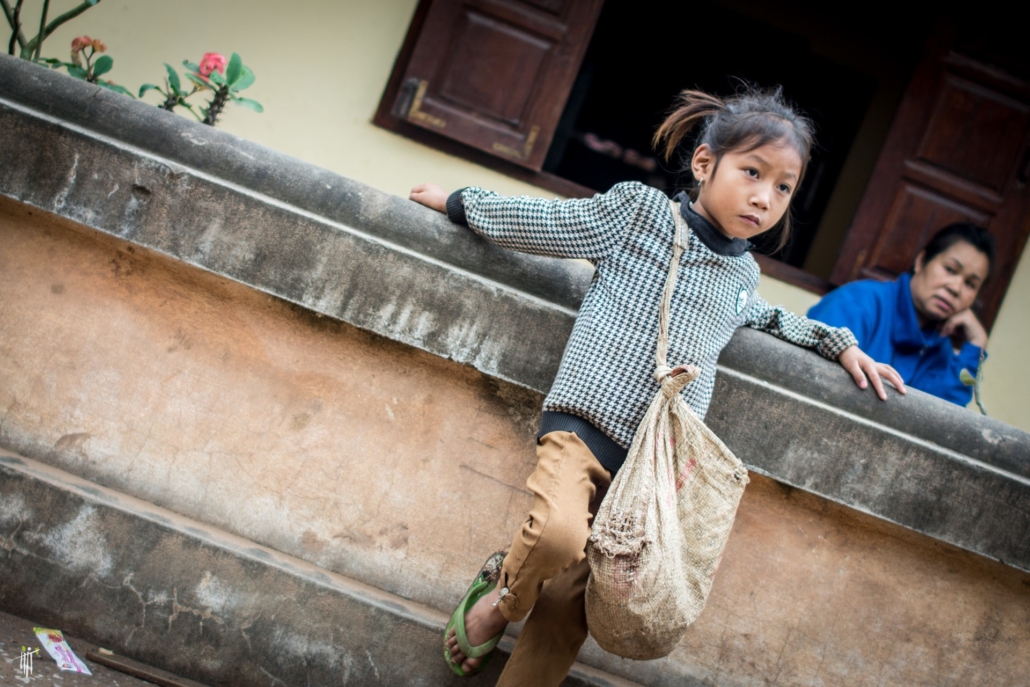
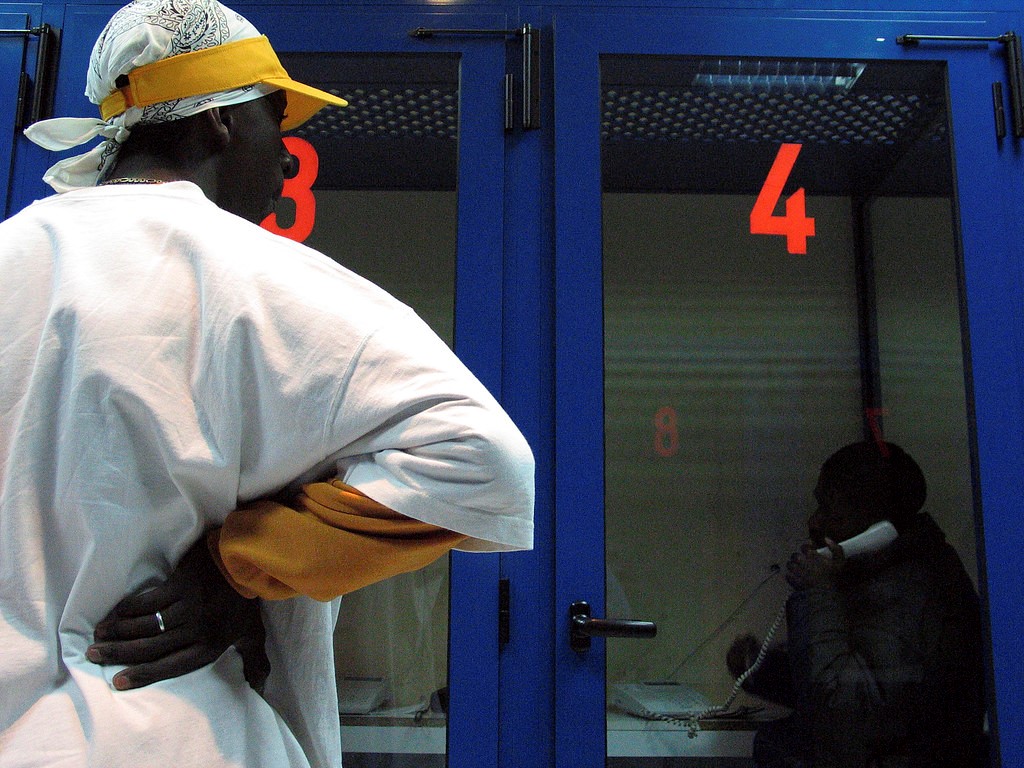


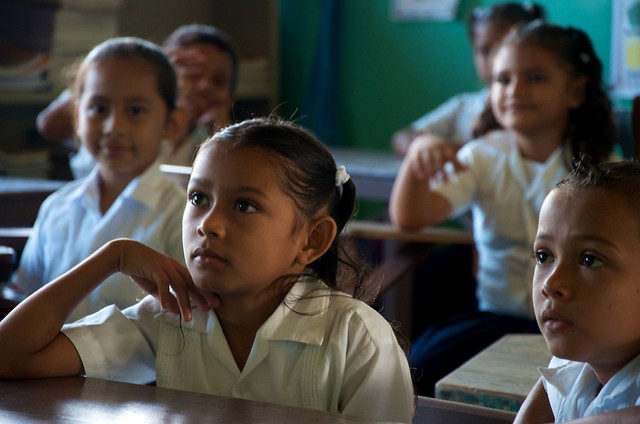
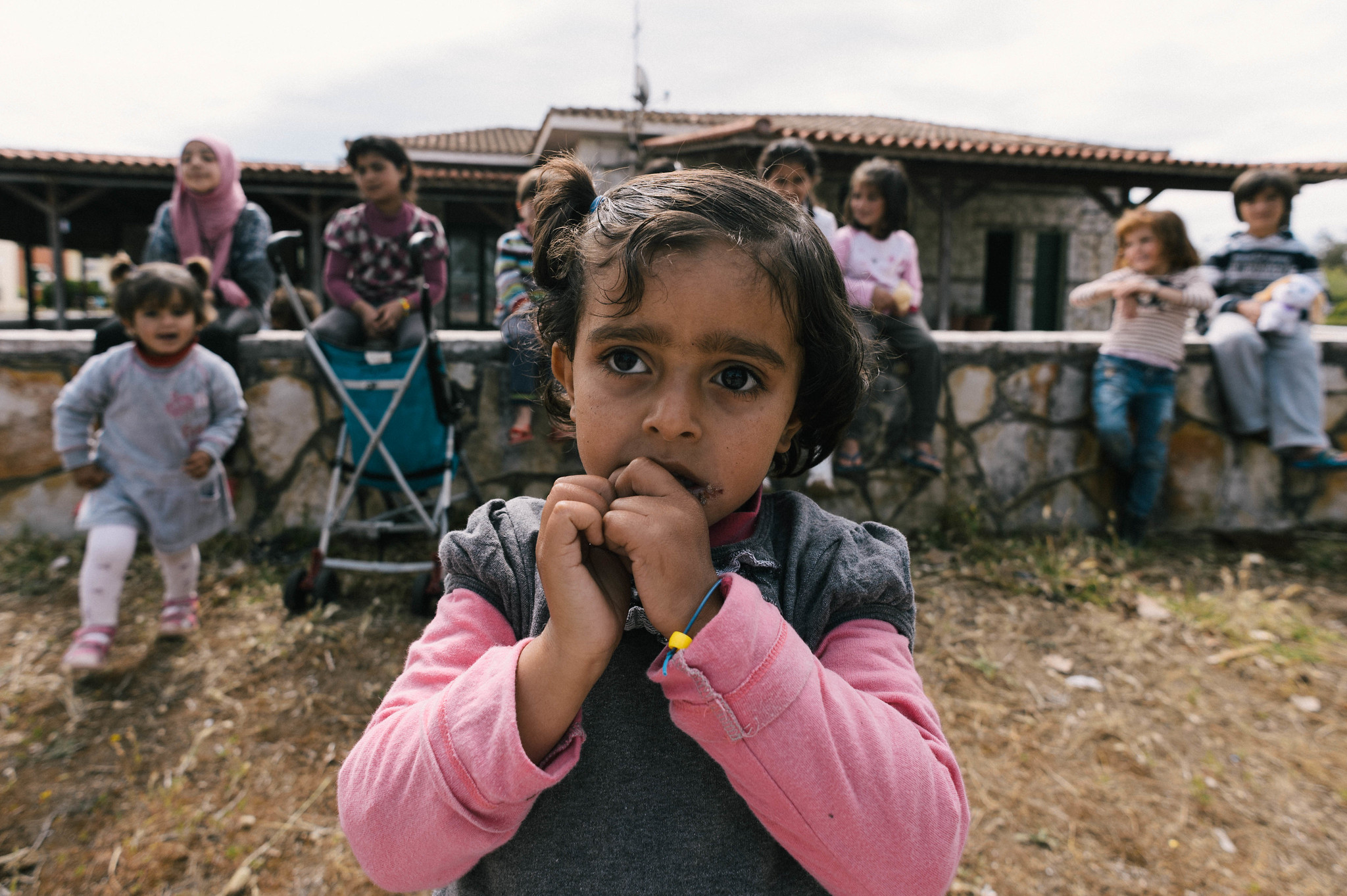 Documentaries are often a great resource for gaining insight on a particular topic. In recent years, various journalists, filmmakers and documentarians have played a key role in telling the stories of those suffering from socio-political unrest occurring around the world. These stories include key humanitarian issues, such as migration resulting from crises. Not only do these crises displace millions of lives, but they also create an imbalance, leading to migrants who must endure poor living conditions. As such, documentaries about migration are extremely popular. They portray global migration crises from the perspective of those most affected. Here are the top five documentaries about migration.
Documentaries are often a great resource for gaining insight on a particular topic. In recent years, various journalists, filmmakers and documentarians have played a key role in telling the stories of those suffering from socio-political unrest occurring around the world. These stories include key humanitarian issues, such as migration resulting from crises. Not only do these crises displace millions of lives, but they also create an imbalance, leading to migrants who must endure poor living conditions. As such, documentaries about migration are extremely popular. They portray global migration crises from the perspective of those most affected. Here are the top five documentaries about migration.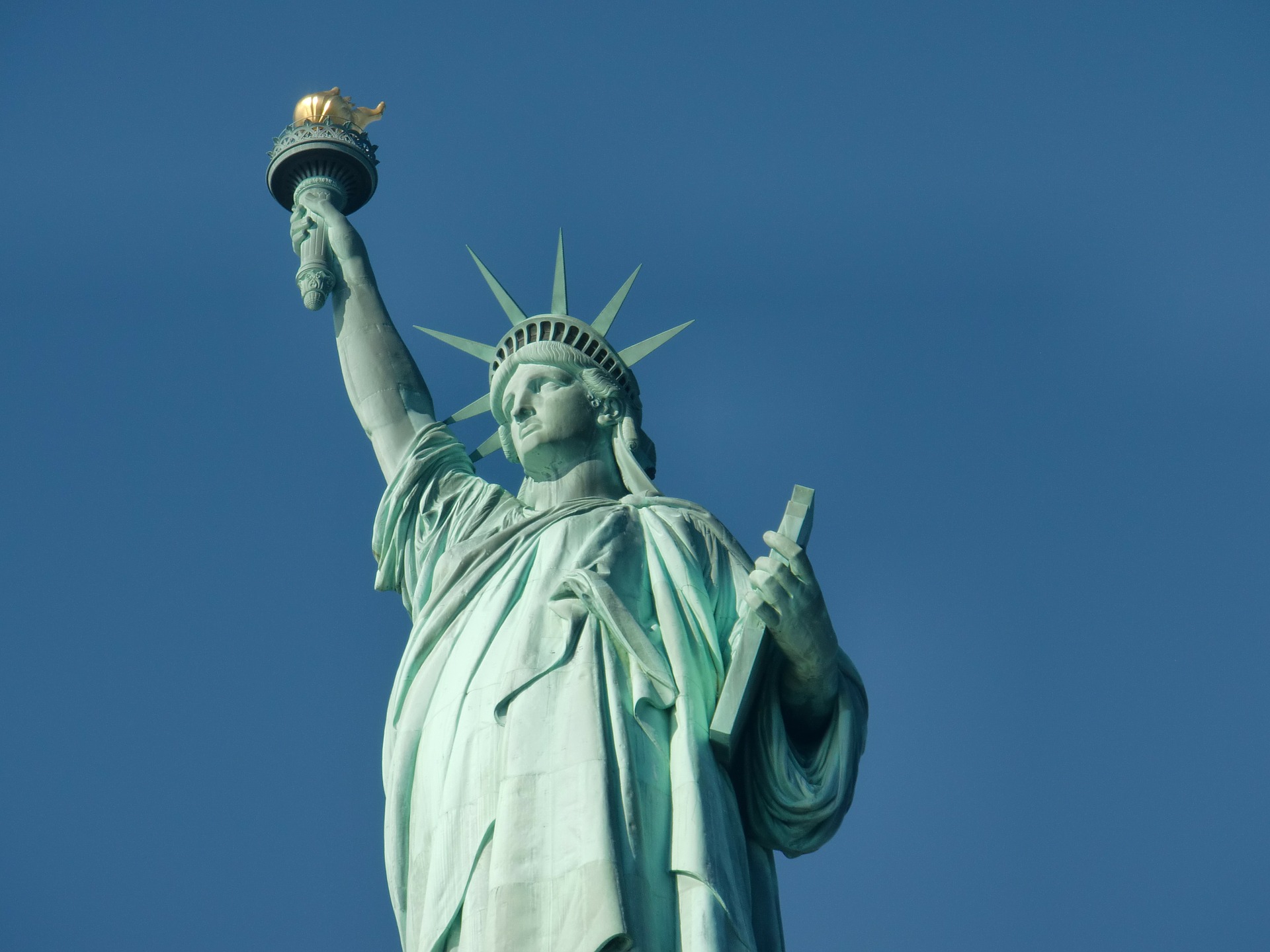
 Dr. Ermitte Saint Jacques is an assistant professor at the University of Wisconsin, Milwaukee. She received her Ph.D. in Anthropology from the University of Florida. Her primary focus is the transnational migration of people and globalization. Dr. Jacques sat down with the Borgen Project to discuss the state of the migration of people and some of the misconceptions that follow in their paths.
Dr. Ermitte Saint Jacques is an assistant professor at the University of Wisconsin, Milwaukee. She received her Ph.D. in Anthropology from the University of Florida. Her primary focus is the transnational migration of people and globalization. Dr. Jacques sat down with the Borgen Project to discuss the state of the migration of people and some of the misconceptions that follow in their paths.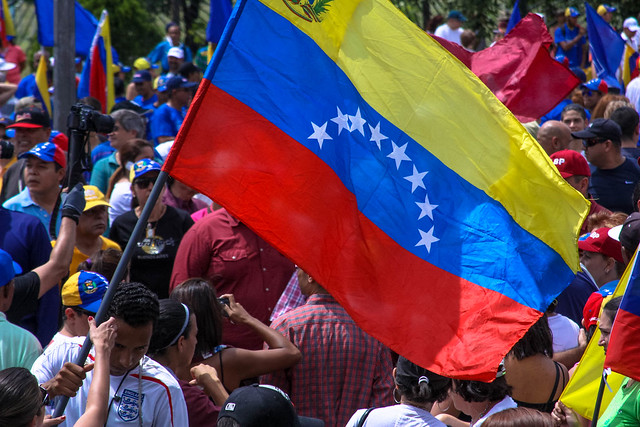 In March 2013, after a 14-year rule, Venezuelan President Hugo Chavez died of cancer. He was succeeded by Vice
In March 2013, after a 14-year rule, Venezuelan President Hugo Chavez died of cancer. He was succeeded by Vice 